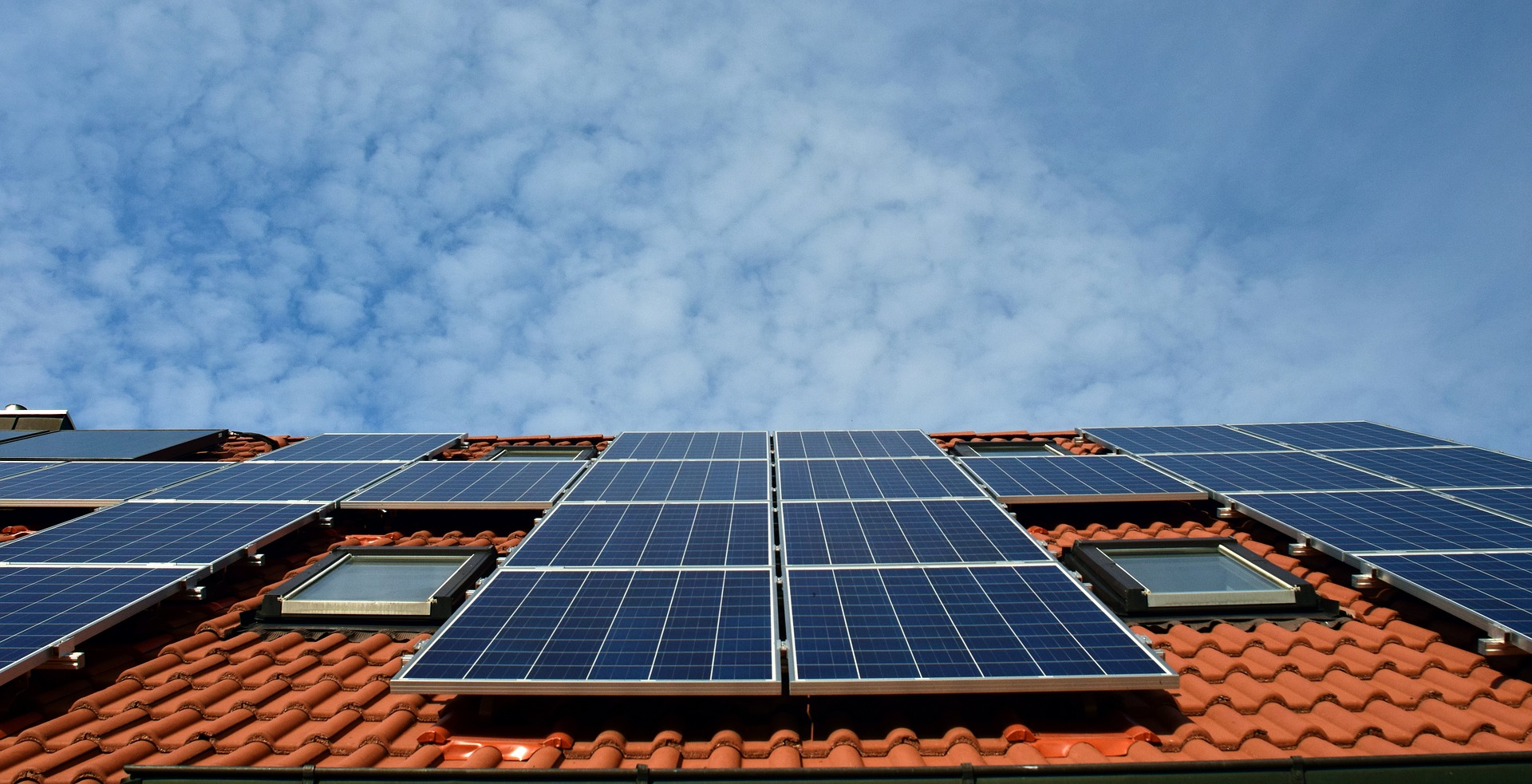

Costa Rica
Has targeted expansion of carbon-free power production since its inception. The modern state’s first president, José Figures Ferrer, was not just the nation’s founding father, but first an MIT hydroelectric engineer. Law 7200 in the early nineties and refining amendments a few years later codified the national energy policy that after a few years in courts and settling interagency turf disputes, today’s national energy law has baked in financial incentives for private power generation as a business model. This has been true for over a decade, technically. But it is only the past couple years that logistical and bureaucratic logjams have been overcome and the aspiration become reality. Consider:
Distributed Generation Pilot Project: Grid-tie power was rolled out in 2010 and was renewed in 2013 following its two year trial period and is expected to be a bedrock policy that ICE has actively encouraged and streamlined red tape. After three years of fixed-tariff metering, in which private generators obtain credits for excess production but not payment, finally net-metering is being rolled out. So, rather than save this month’s excess production to apply to excess demand within the year or lose those credits, grid-tie customers can now expect a check for excess production fed into the grid. Contractual terms require a system reasonably consistent with demands. The service provides retail compensation for power generated, and is not a loophole for selling power to the grid but rather a further incentive for private residential-scale grid-tie solar.
Law 7200 Commercial Cogeneration: Private generators are authorized by law to enter into 20-year contracts for environmentally sustainable power generation alternatives, notably hydroelectric, wind, solar, and biomass. Private generators receive a wholesale price pegged to the retail price of power. Given that power in Costa Rica is twice what its average price is in the United States, for example, and other nations that reply predominantly on fossil fuels for national power grids, the economics are at least twice as favorable from pure economics. Presently private wind generation accounts for 7% of the domestic power demand. A formal co-generation financial policy on solar has only recently been settled and is expected to trigger an expansion of commercial solar sites similar to what happened for wind power in the oughts. Likewise, hydroelectric was stalled for years with court disputes that are now settled, and the first block of XXX megawatts was awarded in 2012 to XX companies. Law 7200 restricts private production to 15% of the total national demand, but legislative moves are underway to expand this percentage to 30%. There remain bureaucratic speed bumps to work out, perhaps most significantly the long time required to secure a hydroelectric concession, issues that have been under inter-agency negotiation for the last several years.
The Carbon Economy: Always a sore point with climate deniers and Big Oil apologists, carbon-free power is a commodity and it has intrinsically greater value than fossil fuel power. Though carbon-trading can be reasonably considered in its planetary infancy, some variant is inevitable. Costa Rica has long pursued carbon-neutral alternatives. Only this past year, the nation pushed its 2021 target year for national carbon neutrality by 6 years to 2027. As a Word Carbon Cup contender, the nation has consistently suppressed costly imported oil demands with its hydroelectric, geothermal, and wind alternatives, with solar drawing up the rear of the tail at 0.2% of domestic power supply. In 2012 oil use more than doubled from 9% to 22% of all power produced. Drier than normal years are responsible in part. But the dry season drop in hydro potential is also plays an important part. Oil is not only dirty but costly; Costa Rica’s national interests are served by the environmental exploitation of natural renewable resources, a reality that is not going to change.
Mercado Electrico Regional: Completion of a trans-isthmian high voltage power transmission system and regional adoption of free trade of power between Central American nations has changed dramatically the versatility of domestic power supply in all of the Central American nation states. Economically, it presents a market opportunity during heavy rainy seasons when excess power production can be sold internationally. The resource also stabilizes the national power grid somewhat, providing an option to buy the excess power of, say Guatemala, rather than burn crude here to make up for summertime shortfalls.
In short, the Republic of Costa Rica has proactive laws that promote the private generation of power and a market with financial incentives for investment in this sector. The nation also enjoys a series of unique honorifics: the longest standing democracy in Latin America, a nation without an Army, a nation of high education, health, and literacy and little poverty, a nation with a historically strong middle class with a strong value for human rights and freedom of expression, a nation that is the original standard bearer of the ecotourism industry that accounts for 7% of today’s GDP. Lastly, of course, the nation brims with renewable resources: hydro, solar, wind, tidal and wave, geothermal, and is a beautiful and friendly nation. As a consequence of all of the above the future of private grid-tie and power co-generation in Costa Rica is indeed incandescently bright.